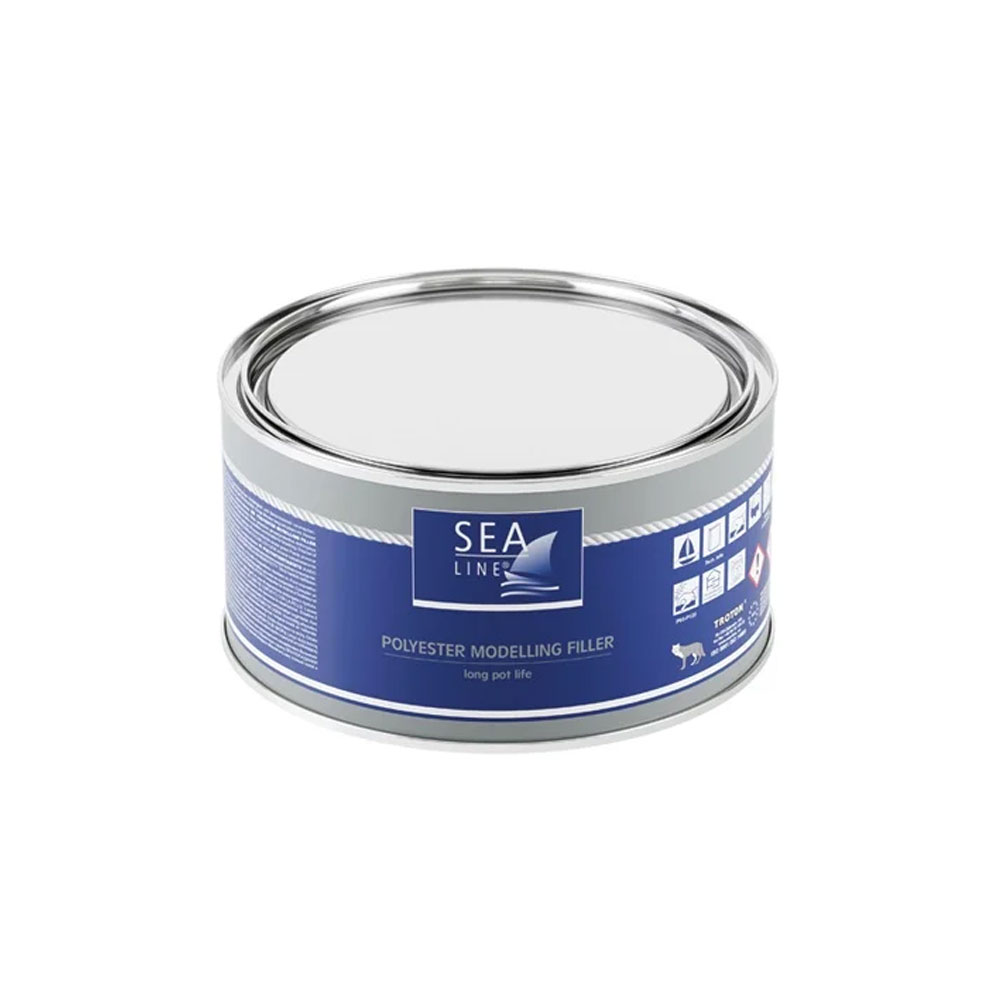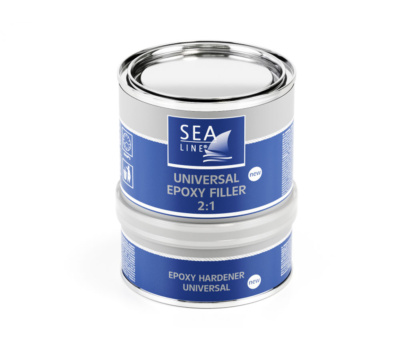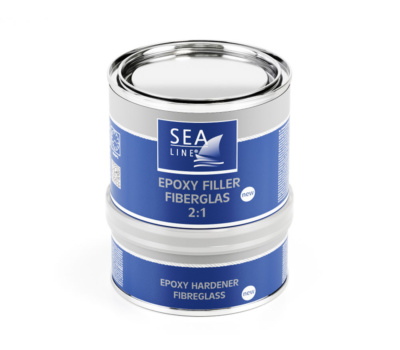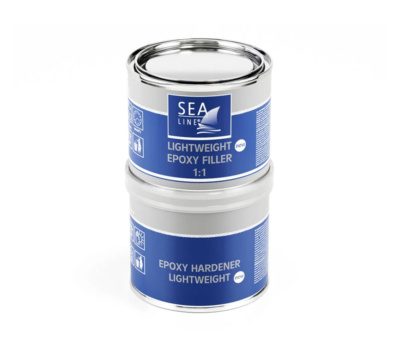Mold-making polyester filler is primarily recommended for work on large surfaces above the waterline, in interiors, as well as on molds and models.
Polyester modelling filler is recommended for work on large area and molds. It has an extended pot life compared to other polyester fillers, making it easier to work on large surfaces. Has excellent adhesion to wide variety of surfaces. After curing creates resistance coat, in the same time it is easy to sand. Polyester fillers are recommended for area above waterline.
| Weight | Code |
|---|---|
| 2 kg | 4952 |
| 5 kg | 4600 |
| 25 kg | 4601 |

By hand:
| Type | GRP laminates, wood, steel, aluminum |
| Place | Above waterline |
| Function | Large surfaces |
| Application | Putty knife |
| Pot life 20°C | 8÷10 min |
| Hardening time 20°C | 30÷40 min |

Epoxy fillers are primarily the only fillers recommended for use on hull components constantly immersed

Epoxy fillers, including fiberglass filler, are primarily the only fillers truly recommended for use both

Recommended for large areas due to low own weight
We do not recommend using universal thinners. The use of a thinner with an unknown composition may result in loss of adhesion, lack of proper flow of paint and varnish defects.
We do not recommend using universal thinners. The use of a thinner with an unknown composition may result in loss of adhesion, lack of proper flow of paint and varnish defects.